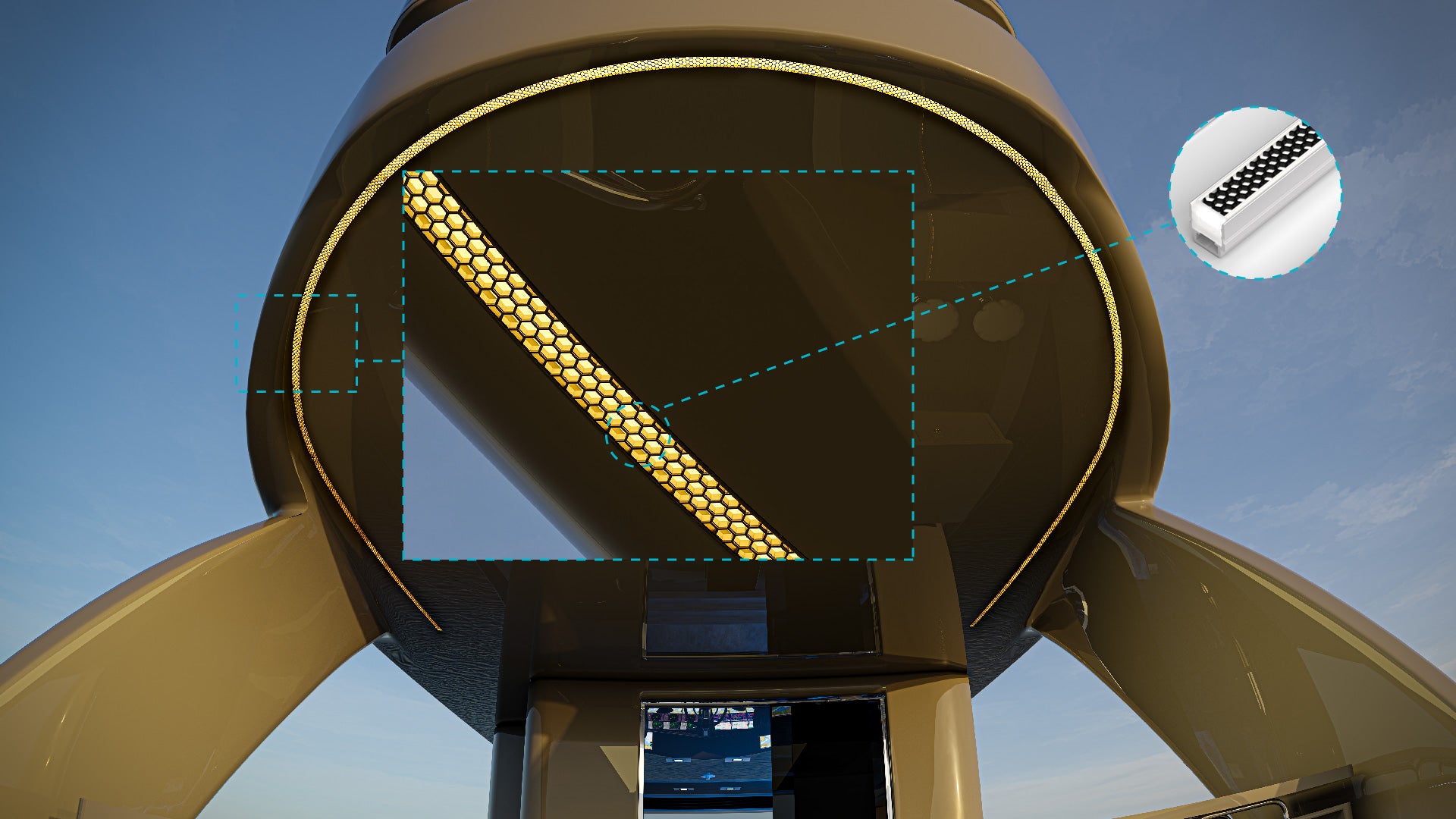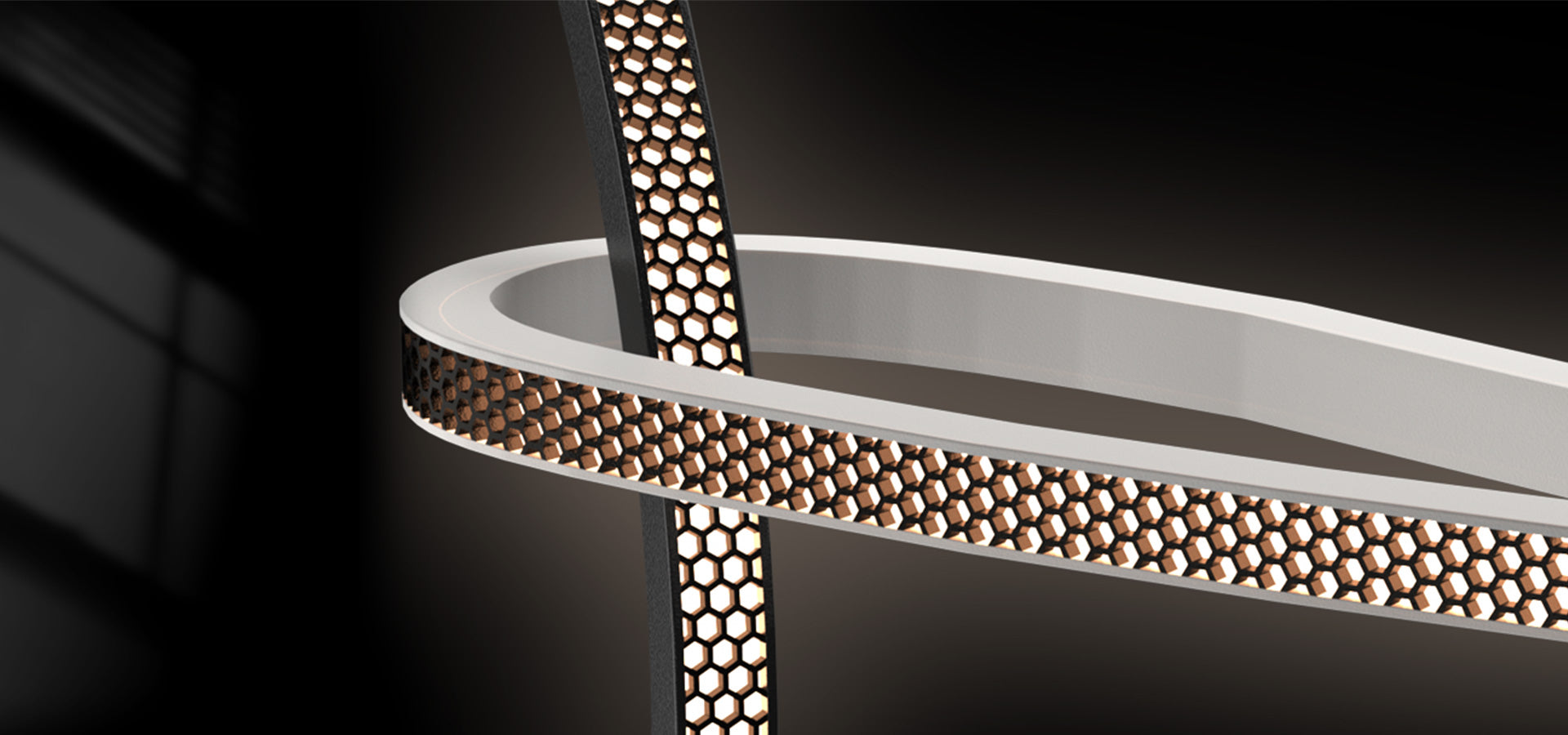Agricultural facilities, from greenhouses to livestock barns, require precise and efficient lighting to ensure optimal plant growth, animal welfare, and energy savings. LED lighting has emerged as a top solution for modern agricultural operations, offering energy efficiency, increased productivity, and improved sustainability.
Energy Efficiency and Cost Savings
Reduced Energy Consumption in Agricultural Facilities
Agricultural operations, especially those running large-scale greenhouses or barns, consume significant amounts of energy to keep lighting systems running day and night. LED lighting uses up to 75% less energy than traditional lighting systems, such as incandescent or fluorescent lights. This dramatic reduction in energy use leads to lower operational costs and improved efficiency, allowing farms to reinvest savings into other areas of their operation.
Long Lifespan and Reduced Maintenance Costs
LED lights last much longer than traditional lighting systems, often up to 25 times longer. This reduces the need for frequent bulb replacements, saving time and labor costs. For agricultural facilities, this longevity ensures that operations can continue uninterrupted, minimizing disruptions that could impact crop growth or animal care.
Supporting Sustainability Goals
Many agricultural operations are committed to reducing their carbon footprint and enhancing sustainability. LED lighting supports these goals by lowering energy consumption and reducing greenhouse gas emissions. Additionally, LED lights are free of hazardous materials like mercury, making them safer for the environment and easier to dispose of responsibly.
Improved Growing Conditions and Animal Welfare
Optimized Lighting for Plant Growth
In greenhouses and indoor farming operations, the quality and spectrum of light are critical for plant growth. LED lights can be customized to emit specific wavelengths of light that plants need for photosynthesis, such as red and blue light. This optimized lighting promotes faster growth, higher yields, and healthier plants. Additionally, the ability to control lighting schedules ensures that crops receive the right amount of light throughout the day and night.
Enhanced Animal Welfare in Livestock Barns
Proper lighting is also crucial for maintaining animal welfare in livestock barns. LED lighting provides bright, uniform illumination that helps reduce stress and improve the overall well-being of animals. Dimmable LED lights can simulate natural lighting patterns, helping regulate animals’ circadian rhythms and promoting better health. For example, poultry farms often use dimmable LED systems to simulate dawn and dusk, which helps chickens follow natural sleep and feeding cycles.
Improved Working Conditions for Farm Employees
LED lighting improves visibility in barns, greenhouses, and packing facilities, creating a safer and more comfortable working environment for employees. Bright, consistent lighting reduces the risk of accidents, especially during early morning or late-night hours when natural light is limited. Proper lighting also helps workers perform tasks with greater accuracy, leading to increased productivity and reduced errors.
Versatile Applications Across Agricultural Facilities
Tailored Lighting for Greenhouses
Greenhouses require specific lighting conditions to optimize plant growth. LED lighting can be customized to deliver the ideal light spectrum for various types of plants, from vegetables and herbs to flowers. With LED grow lights, farmers can control the intensity and duration of light exposure, ensuring consistent plant growth year-round, regardless of natural sunlight conditions.
Lighting for Livestock Barns and Poultry Houses
In livestock barns and poultry houses, LED lighting can be used to improve animal welfare and increase productivity. For example, LED lights can be dimmed to create a calming atmosphere for animals, reducing stress and improving overall health. The energy efficiency of LEDs also helps reduce the high energy costs typically associated with heating and lighting large animal housing facilities.
Outdoor Lighting for Agricultural Operations
Outdoor areas, such as storage yards, driveways, and packing stations, benefit from LED lighting’s brightness and durability. LED lights provide consistent, energy-efficient illumination, ensuring that agricultural workers can operate machinery and load products safely during nighttime or low-light conditions. Additionally, outdoor LED lights are weather-resistant and require minimal maintenance, making them ideal for rural environments.
Sustainability and Environmental Responsibility
Reducing the Carbon Footprint of Agricultural Facilities
Agricultural facilities are under increasing pressure to reduce their environmental impact. Switching to LED lighting helps reduce energy consumption and lower greenhouse gas emissions. By adopting energy-efficient LED systems, farms can make significant progress toward sustainability goals while maintaining high-quality lighting for their operations.
Mercury-Free and Environmentally Safe Disposal
Traditional lighting systems, such as fluorescent lights, often contain hazardous materials like mercury, which can be harmful to both the environment and the workers who handle them. LED lights are mercury-free, making them safer for disposal and reducing the risk of environmental contamination. This makes LED lighting a responsible choice for agricultural facilities focused on sustainability and eco-friendly practices.
Better Technology Integration
Smart Lighting Systems for Precision Agriculture
As precision agriculture continues to evolve, LED lighting is easily integrated into smart farming systems. With smart LED lighting, farmers can automate lighting schedules, adjusting intensity and duration based on real-time data such as plant growth stages or livestock behavior. This automation enhances the efficiency of agricultural operations, reducing energy waste and optimizing lighting for specific needs.
Real-Time Monitoring and Automated Controls
Smart LED lighting systems allow agricultural facilities to monitor energy use and lighting performance in real time. Automated lighting controls can adjust light levels based on natural sunlight, occupancy, or specific tasks, helping farms further reduce energy consumption. These systems provide valuable insights into lighting efficiency, enabling farmers to make informed decisions about resource management and productivity improvements.
LED lighting is transforming agricultural facilities by offering energy efficiency, improved growing conditions, and enhanced sustainability. From greenhouses to livestock barns, LED lighting provides a versatile, cost-effective solution that boosts productivity while reducing environmental impact. By adopting LED technology, agricultural facilities can optimize their operations, reduce costs, and support long-term sustainability goals, all while improving the health of plants and animals.









